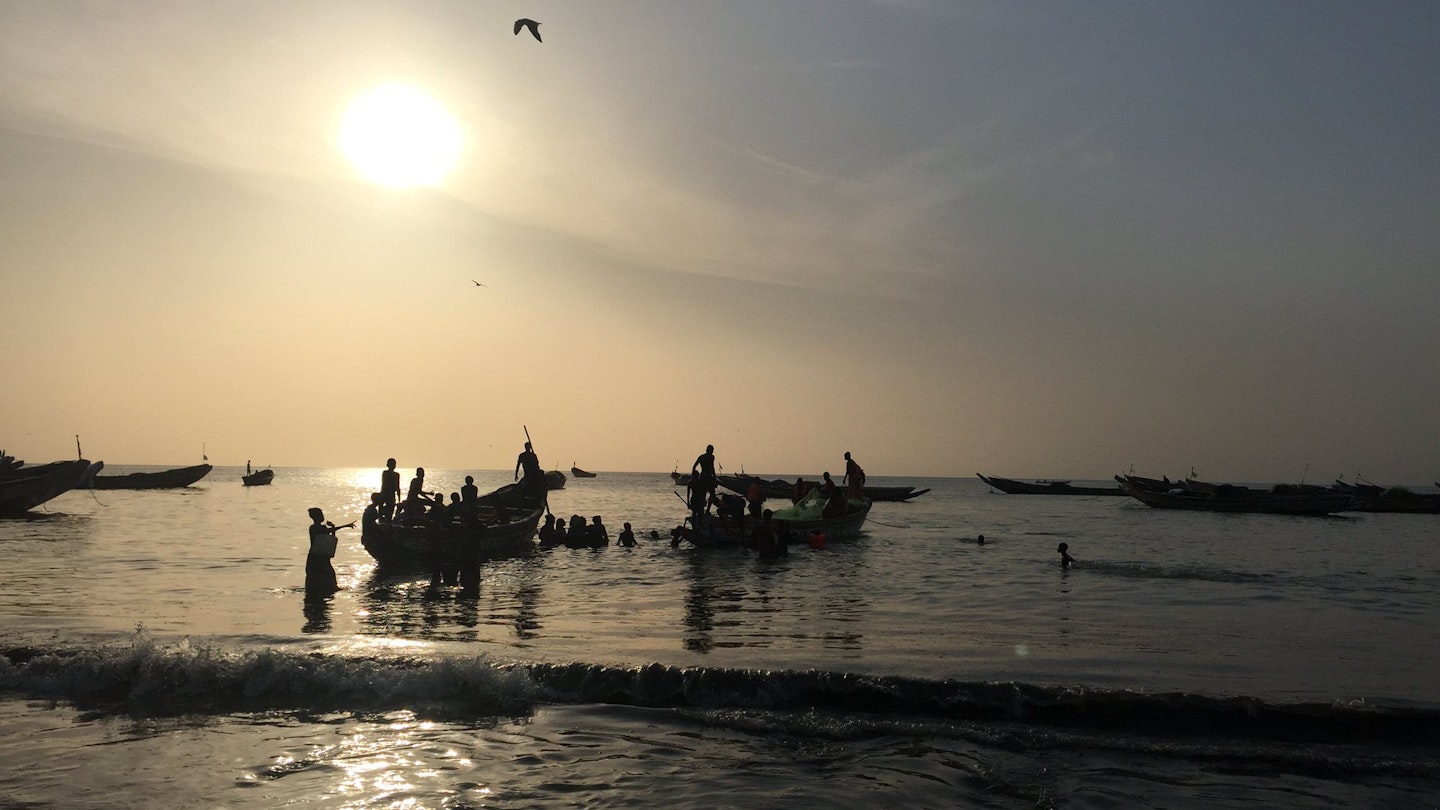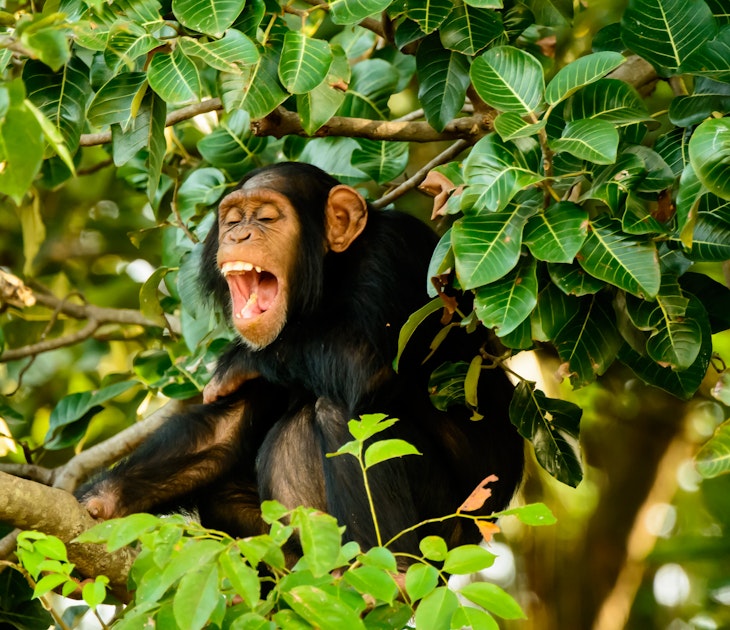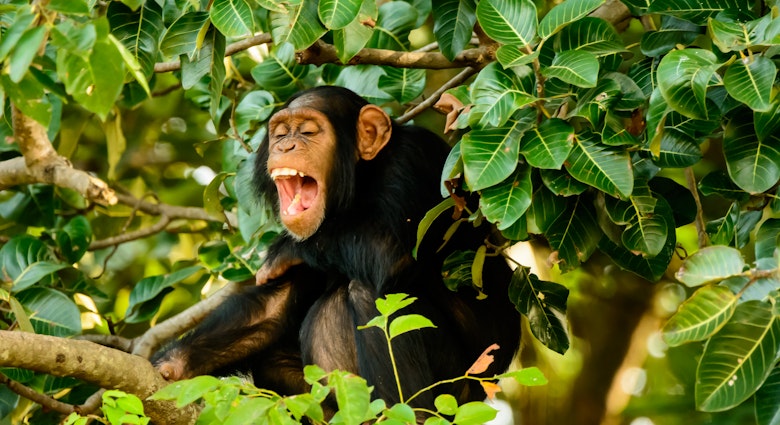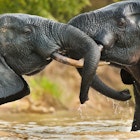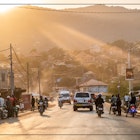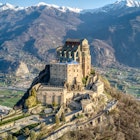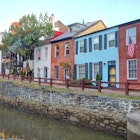Justifiably famous for its beaches, the smallest country on the African continent has plenty more to offer than just being a suitably gorgeous place to bask in some winter sun.
In some cases, you need not even leave The Gambia's sandy shores to soak up some sensational cultural experiences, while other traveller treats involve trips into dense forests, mangrove swamps and petite villages.

The village of Tanji
Set on a wide, sweeping beach, this tiny village is ripe with cultural and wildlife opportunities. Stand with your feet in the surf and watch the colourfully-painted fishing boats bobbing rhythmically in the waves as local women ferry the day’s catch to shore in buckets atop their heads. Behind you is the fish market, which heaves with Gambians shopping for everything from fish and flip flops to vibrant vegetables and loudly-coloured clothing. As the sun starts to set and the crowds begin to wane, the beauty of the scene seems to grow tenfold – the water sparkles, elegant silhouettes parade across the backdrop of a golden sky and the long light cuts deep into the incredibly atmospheric smoke houses.

The village also has a charming museum where you can explore a recreated Mandinka village, complete with huts and displays about this ethnic group’s traditional customs, beliefs, music and crafts. For a wilder, more nature-based experience, check out the Tanji River Bird Reserve, which hosts as many as 300 species of birds. This area also protects lagoons, woodland, dunes and Bijol Island, a noted breeding ground for Caspian terns.
The village of Tanji is less than 30 minutes’ drive south of Serekunda and the Atlantic coast resorts.
Gambian cooking lessons
Make your fish market visit all the more rewarding by turning the acquired foodstuffs into a traditional Gambian meal. To the uninitiated this is easier said than done, but for those who want to learn a thing or two about the nation’s cuisine there are some great cooking classes available. One such lesson is available at Yabony Home Cooking (www.facebook.com/gambianhomecooking), which is run by the irrepressibly charming Ida Cham-Njie from her home in Brufut.

The half-day course at Ida’s starts with each student choosing some Gambian attire from her large collection of garb in her courtyard, and then donning it before venturing out to Tanji’s fish market where ingredients are procured. Once back at Ida’s it is a communal affair, with everyone pitching in to help with various parts of the process – either peeling and chopping vegetables, pounding peppers and onions with an oversized mortar and pestle, or stirring aromatic components on the outdoor charcoal stove. During the proceedings Ida not only discusses the various elements of the dish being prepared (and its history), but also regales the group with stories from her life in The Gambia and teaches local games. The hours pass quickly and it’s soon time to sit and enjoy the fruits of everyone’s labours.
Dishes include delicious domoda (peanut butter stew) with fresh fish and rice, superkanja (okra stew) and the iconic benachin (one pot), which contains fish, chicken or beef in combination with ingredients such as tomatoes, carrots, spring onions, sweet potatoes, onions, aubergine, cassava, bitter tomatoes and butternut squash.

Gambian wrestling
Once the national sport of The Gambia, traditional wrestling is on the comeback. And while the entertaining pre- and post-match goings on – complete with strutting, chest slapping, oiling up and boisterous displays of physical prowess – are more theatrics than anything else, the matches themselves are impressive (and very competitive) displays of pure athleticism. The raw aggression is plain to see in the eyes of each competitor, and the speed and forcefulness of the grappling manoeuvres are a sight to behold. The victor is the first to ground his opponent within the sand ring. Some venues, such as the one on Paradise Beach, encourage audience engagement and raise the entertainment stakes by getting specific sections of the crowd to support particular wrestlers.

Street art in rural villages
Encountering world-class urban street art in remote villages of The Gambia isn’t something you’d expect, but thanks to the Wide Open Walls project you will be rewarded with just that. Started in Kubuneh in 2009 by British artist and lodge owner Lawrence Williams and the Gambian painter Njogu Touray, Wide Open Walls has been described by the latter as “a democratic and interactive street art project bringing artists of the world to celebrate through art, all good things in life, environmental awareness, peace, love and respect for our cultural values.” Renowned artists such as Roa from Belgium have now created more than 400 murals in some 14 villages within the Ballabu conservation area, which borders the Makasutu Culture Forest. Besides creating a valid art installation, the goal of Wide Open Walls has been to generate a sustainable income for the rural communities who host the works. Future plans include interactive sculptures to encourage recycling within the communities. To tour the sites, contact Makasutu (www.mandinalodges.com).

Makasutu Culture Forest
It may be just 10 sq km in size, but this easily accessible wedge of nature is rich in diversity, with savannah, wetlands, palm groves and mangrove swamps all being present. Touring the latter in a piroque (traditional canoe) is a peaceful exercise, while guided walks through the other landscapes bring their own rewards, such as encounters with baboons, monitor lizards and hundreds of bird species.
Matt Phillips travelled to The Gambia with support from The Gambia Experience (www.gambia.co.uk). Lonely Planet contributors do not accept freebies in exchange for positive coverage.
